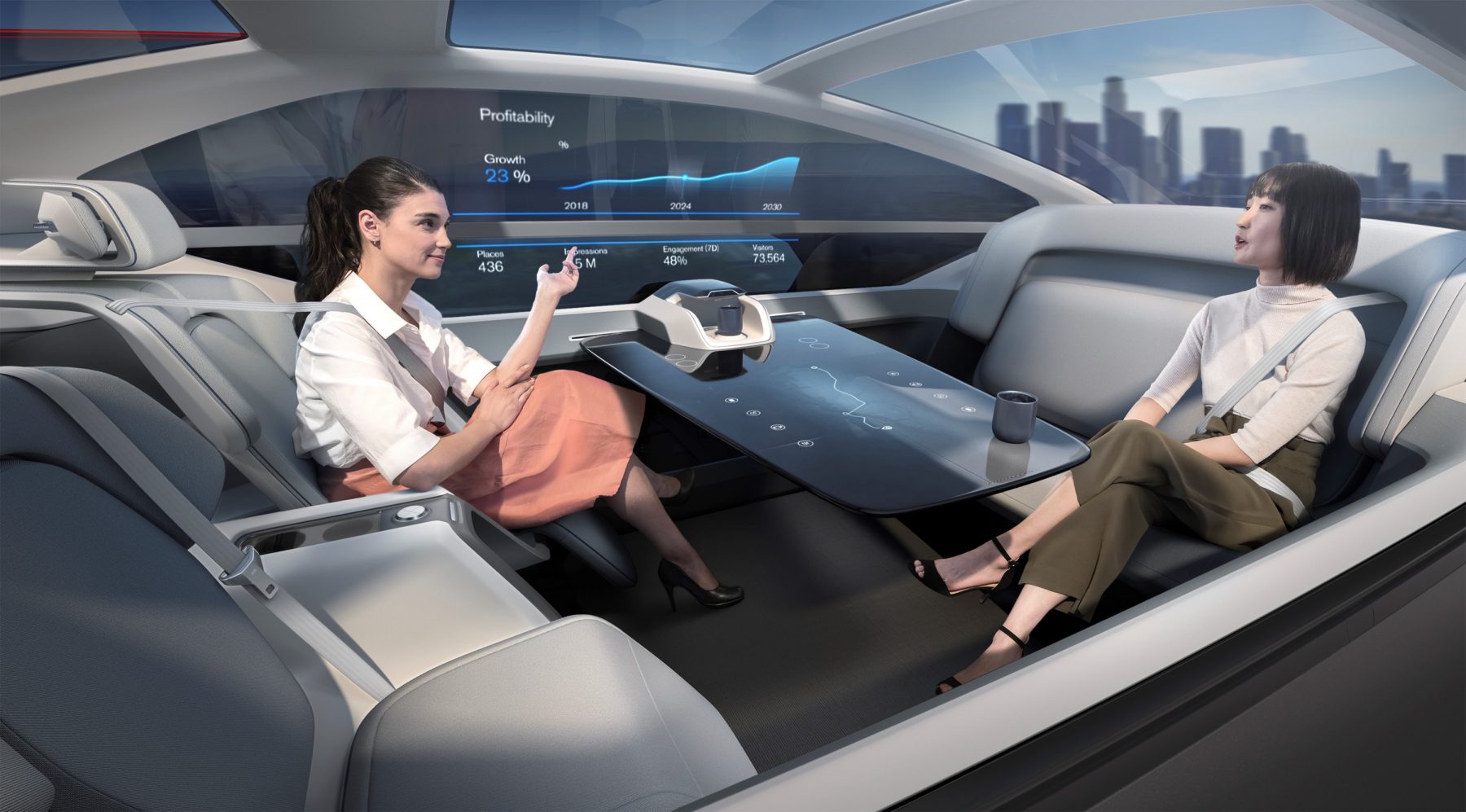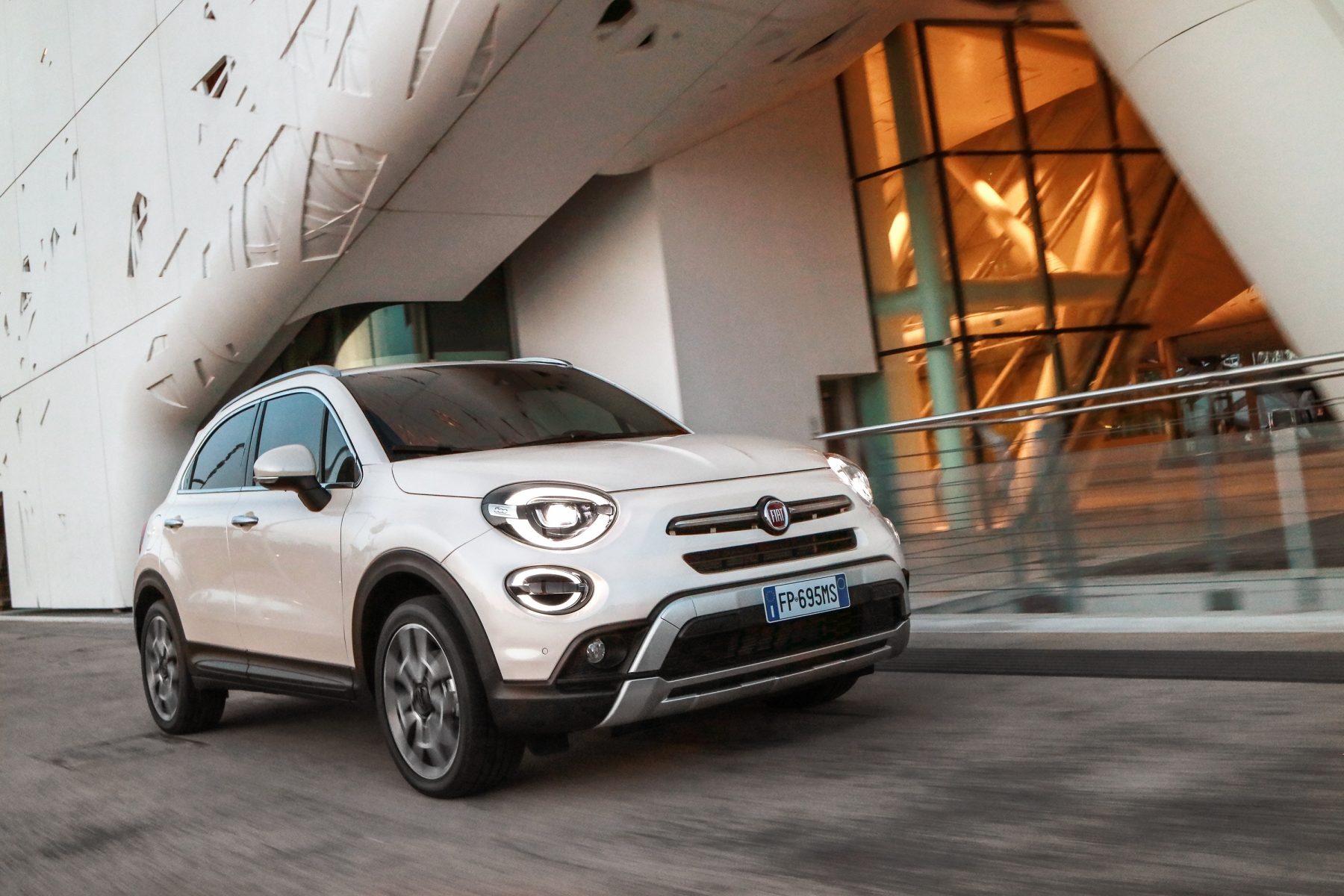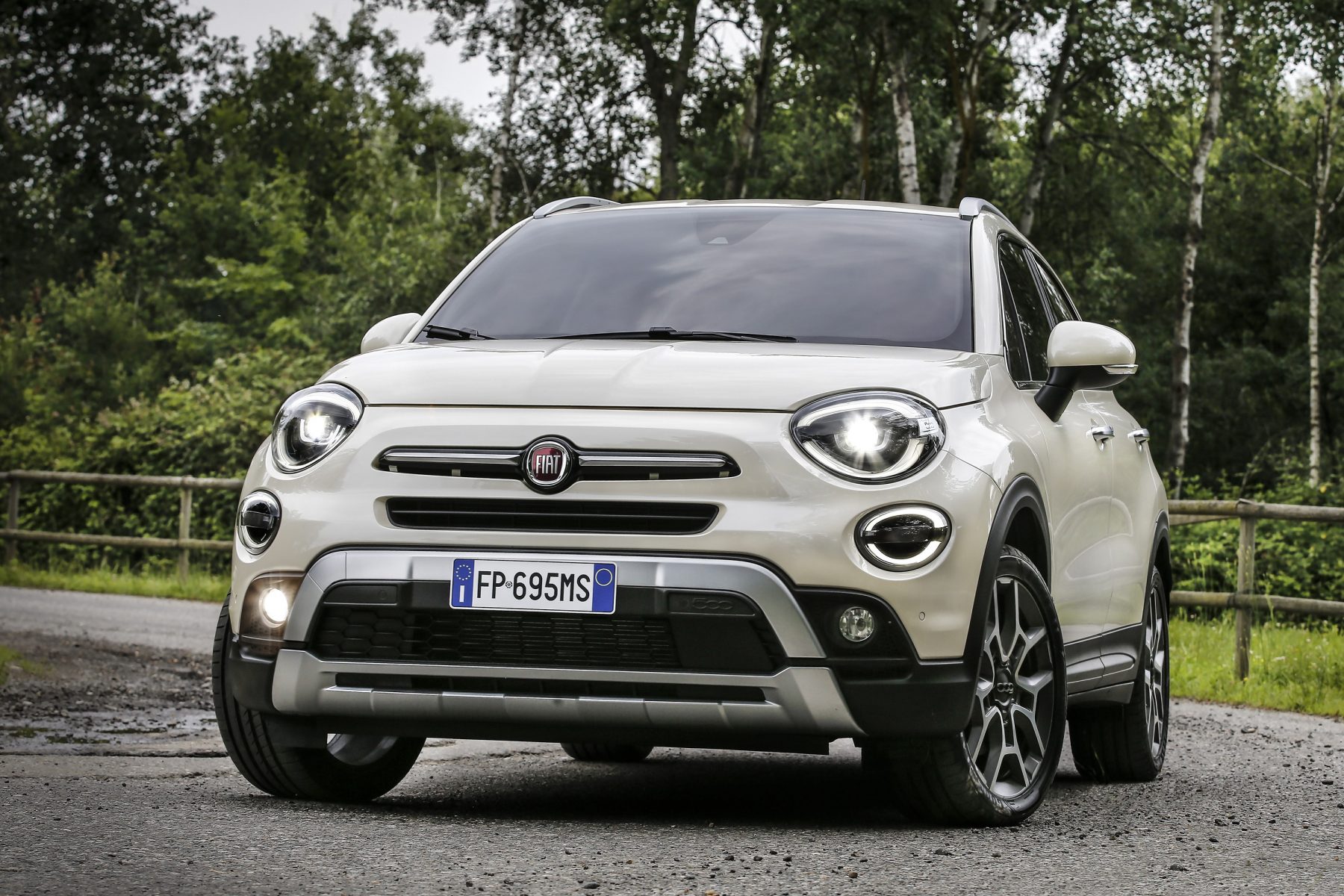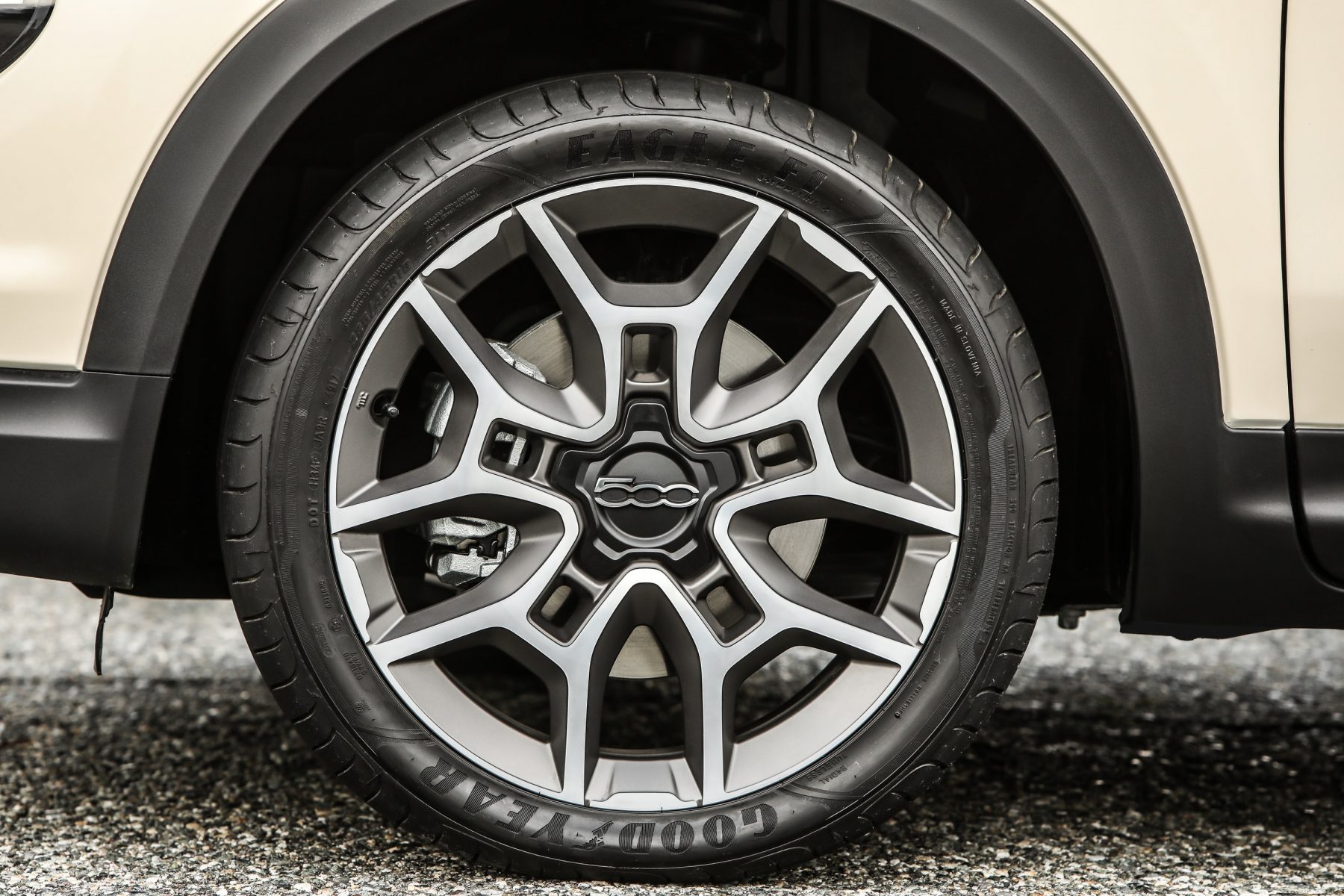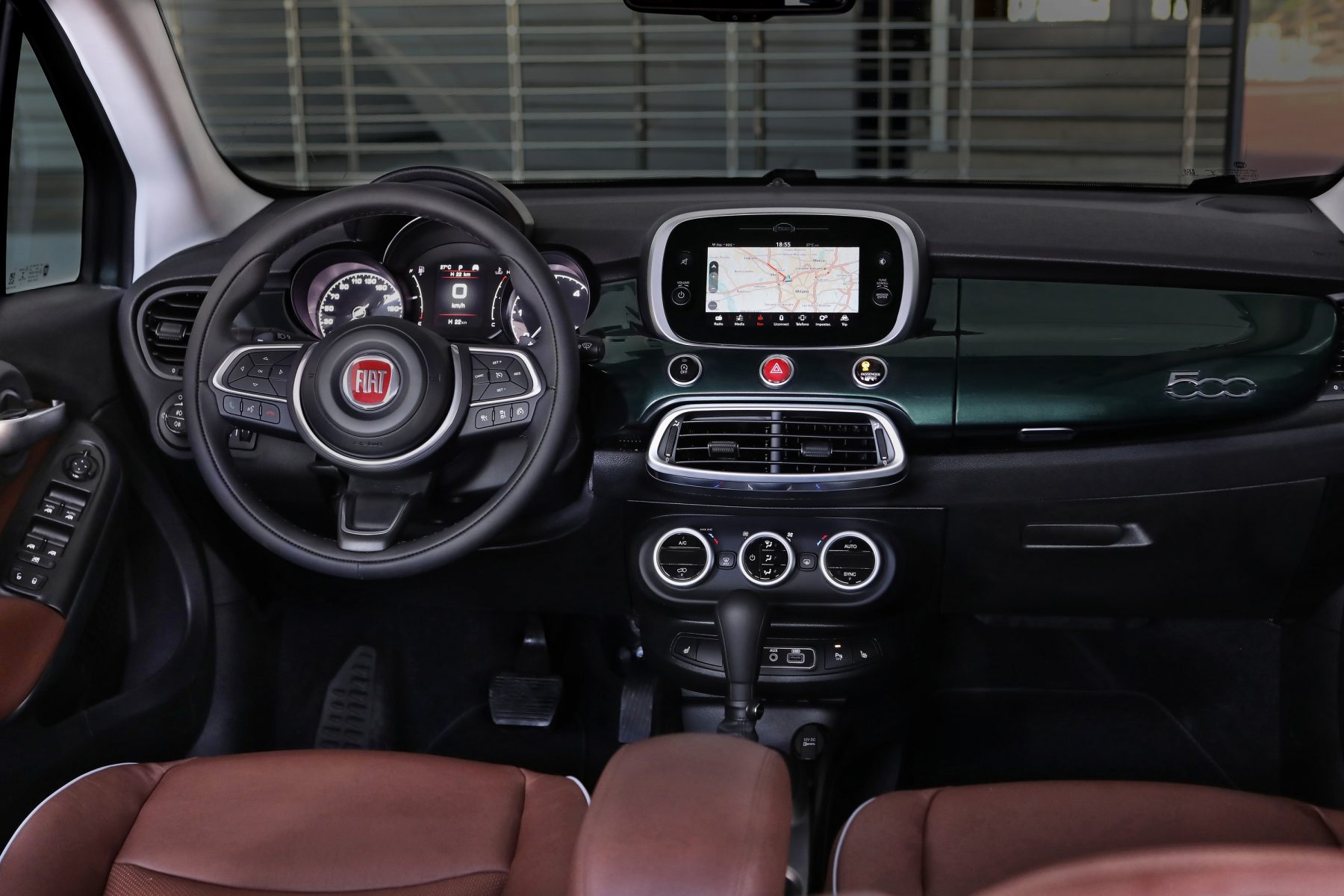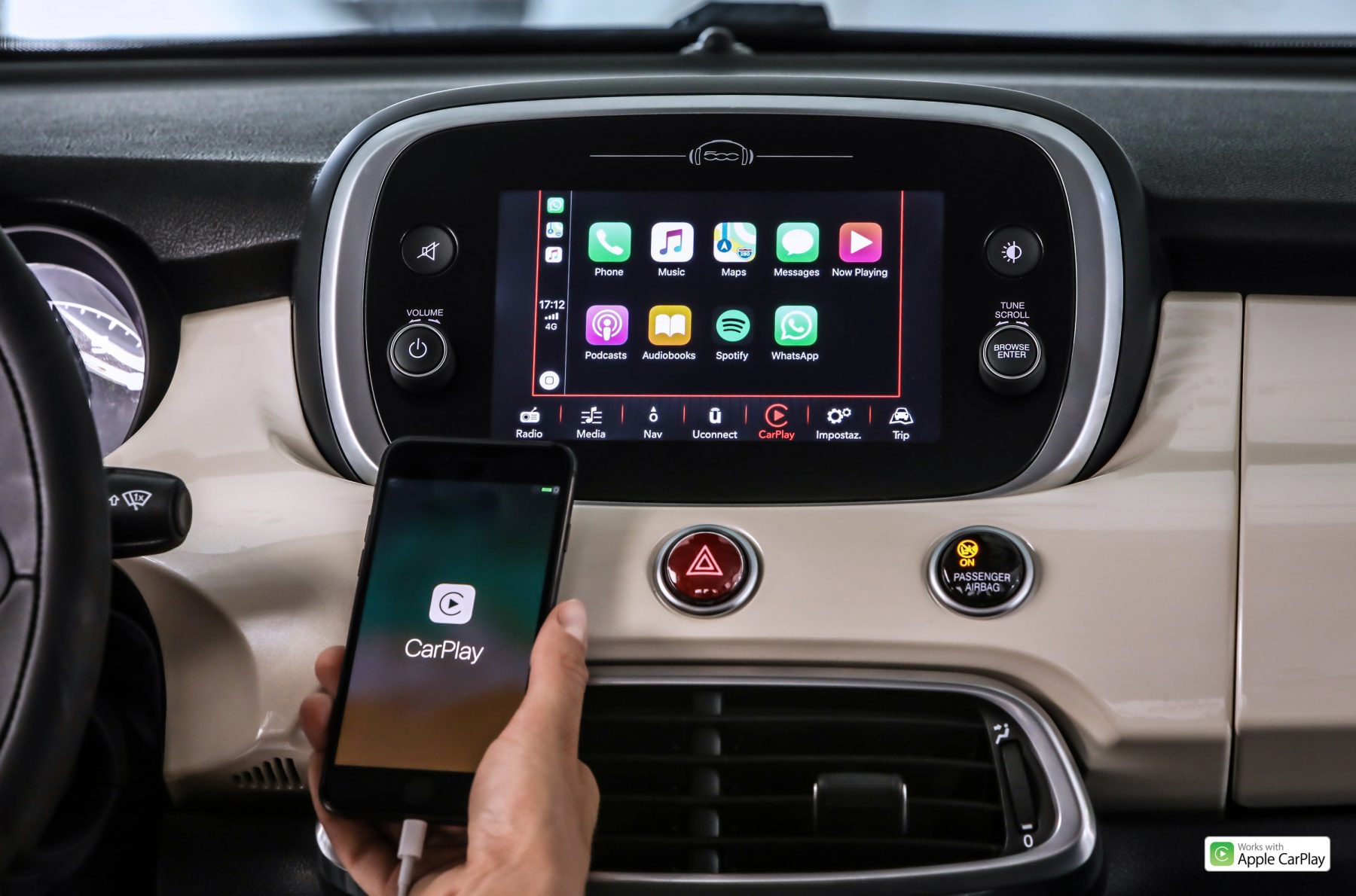Audi has revealed its all-electric SUV at a glitzy world premiere in San Francisco.
Called the E-tron Quattro, it’s one of the most tech-focussed cars on the market with some truly unique features.
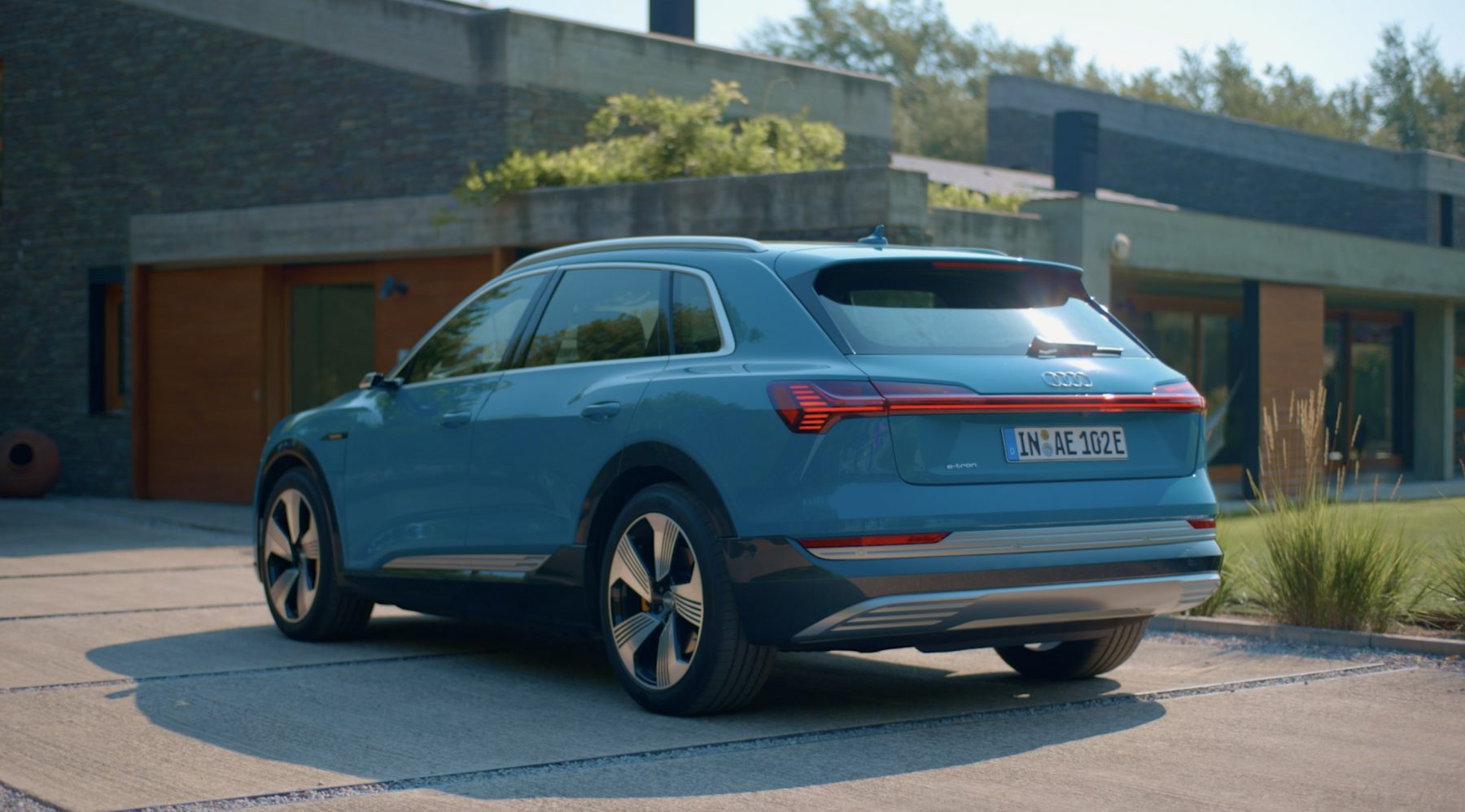
While buyers will be impressed with its range of more than 200 miles on a single charge, those who love high-tech kit will be wowed by its world-first video camera wing mirrors, six touchscreens and stylish LED lights.
It comes with Quattro all-wheel drive that its designers claim is better than any version used on an Audi before.
Homologation for the UK hasn’t been completed yet, but Audi estimates it’ll have a range of 248 miles in real world conditions. That puts it up against premium electric car rivals the Tesla Model X and Jaguar I-Pace for range, however higher capacity 100D Teslas and Mercedes’s EQC will exceed this.
Although specific details for the UK are yet to be confirmed, prices will start at around £70,805 when it goes on sale in November. Audi has said that some European customers will have theirs before the end of 2018.
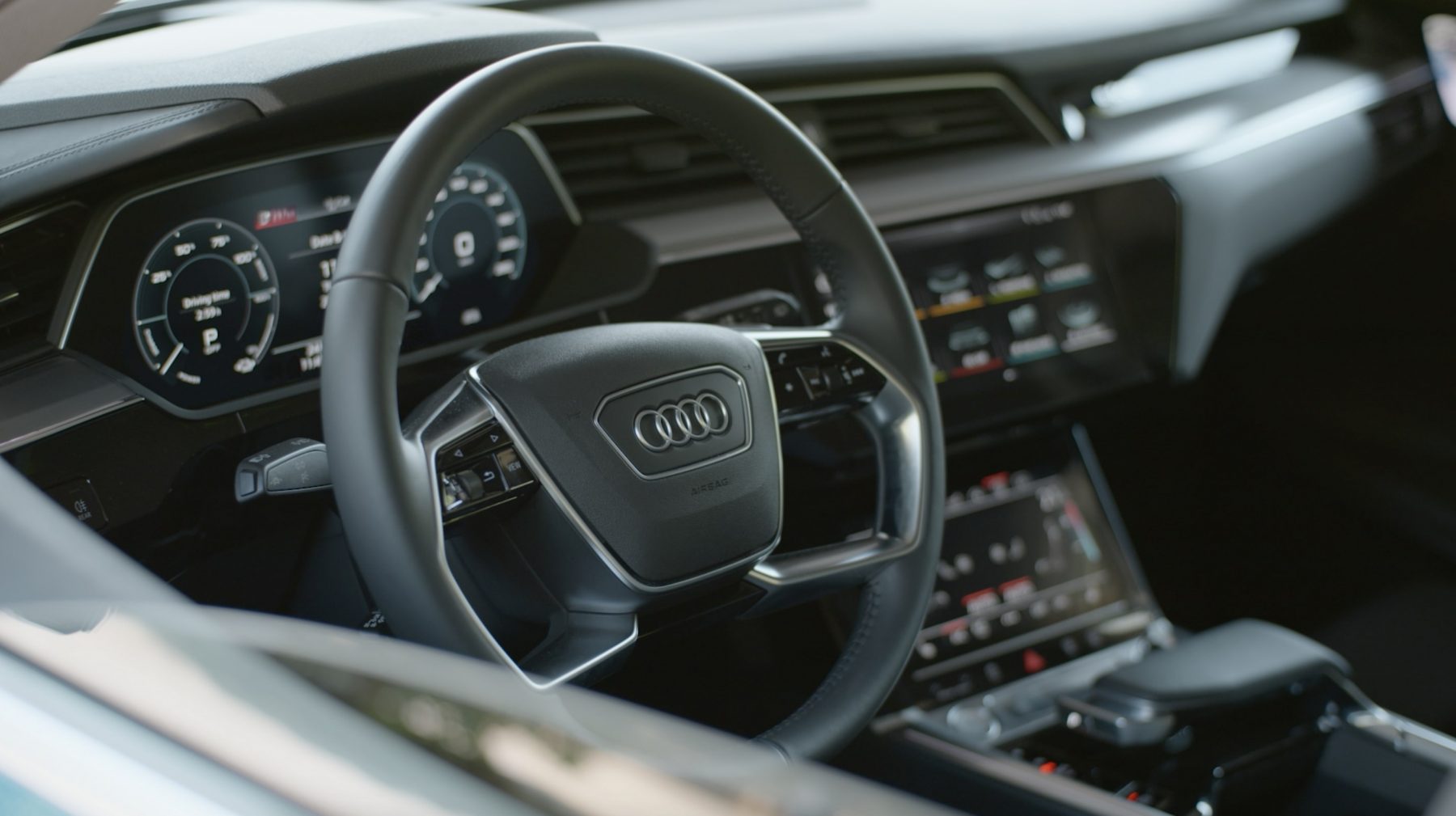
The electric car is capable of 0-60mph in 5.7 seconds and it can hit a limited top speed of 124mph thanks to its 402bhp (300kW) power output and torque of 664Nm, which is available almost instantly.
The E-tron can be charged to 80 per cent in 30 minutes using a fast charger and sets a new standard with its ability to charge using a high powered 150kW unit. At home, it can charge at 11kW in around eight hours and has the option to charge at 22kW too.
As standard, the car gets a CCS rapid charger port on the driver’s side of the car, but buyers can choose to add a second AC port on the passenger side so they’re never caught out by an awkward charger.
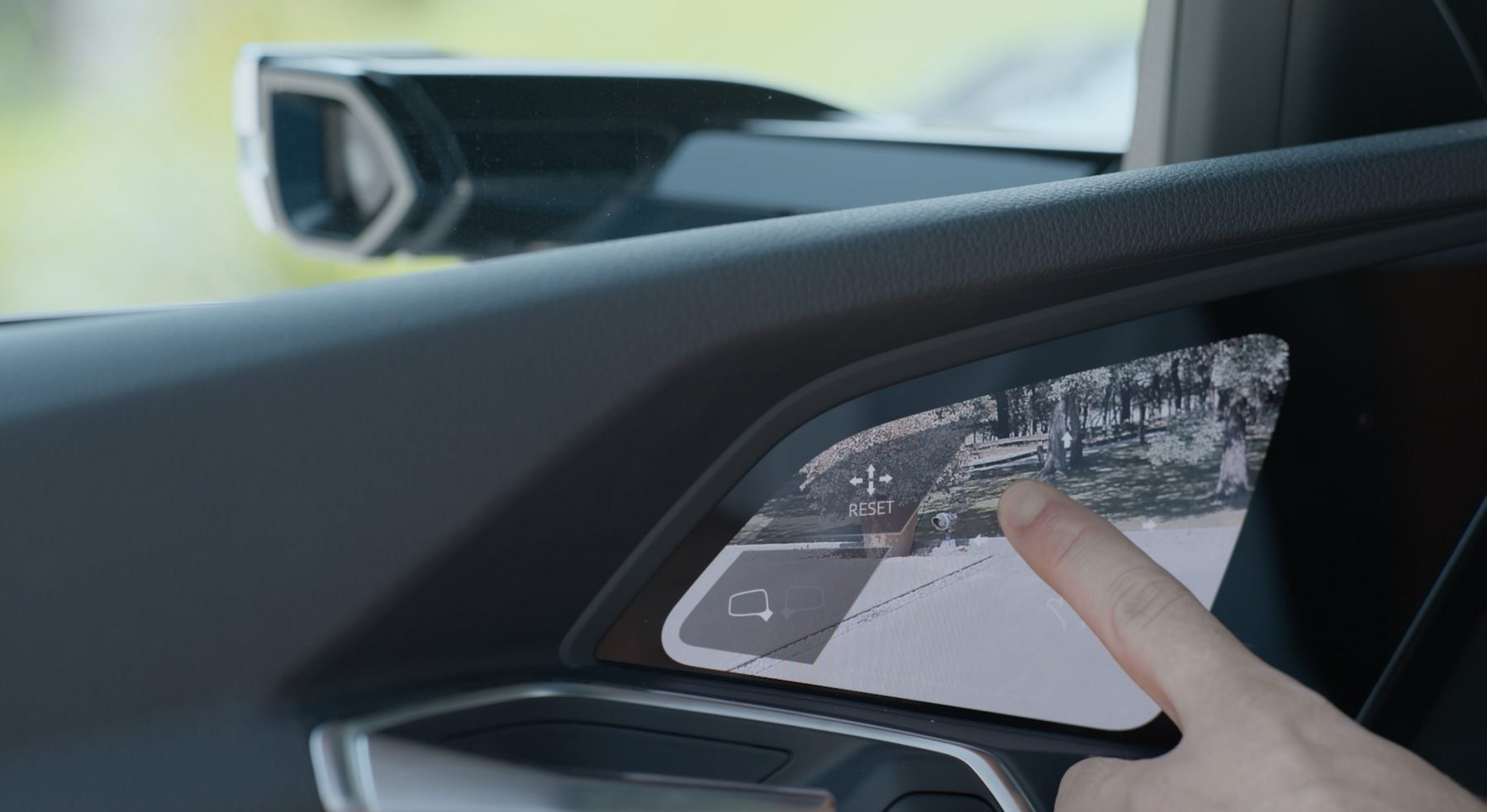
Features such as this have been carefully thought through to make it one of the most practical electric cars on the market. The ports are hidden behind a discreet cover, which moves sideways rather than out – making it easier to charge even in a tight garage.
The car’s cameras make it possible to see a 360-degree recreation of the vehicle and its surroundings on the main infotainment touchscreen. The high-definition seven-inch OLED touchscreens in the door, connected to the side cameras, can also be easily adjusted too.
While the E-tron doesn’t look dissimilar to other SUVs in the Audi range, the aerodynamics have been key in the design and engineering process.
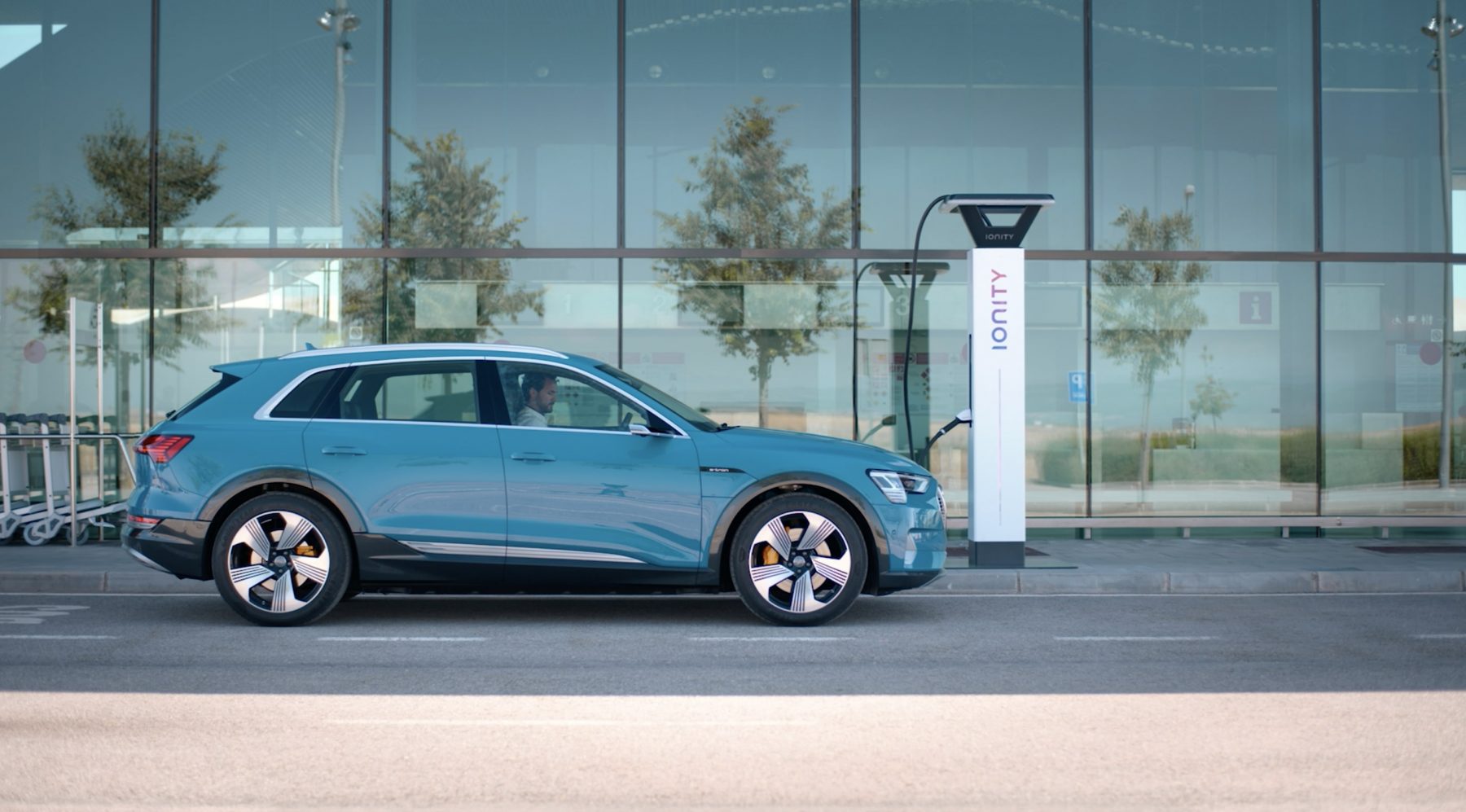
As standard it gets air suspension that’s capable of altering the height of the car depending on the speed. The roofline, body panels and wheel designs all help to reduce drag and increase range.
Orange touches are unique to this car, on the seats, brake calipers and E-tron logo, with only this, partially-closed grille and the clever light signatures that would distinguish this car as an EV.
The small SUV will face tough competition from the Tesla Model X, Jaguar I-Pace and Mercedes EQC but it has all the right credentials in the practical family car stakes with five seats, 600 litres of boot space and a further 60 litres of storage space under the bonnet.

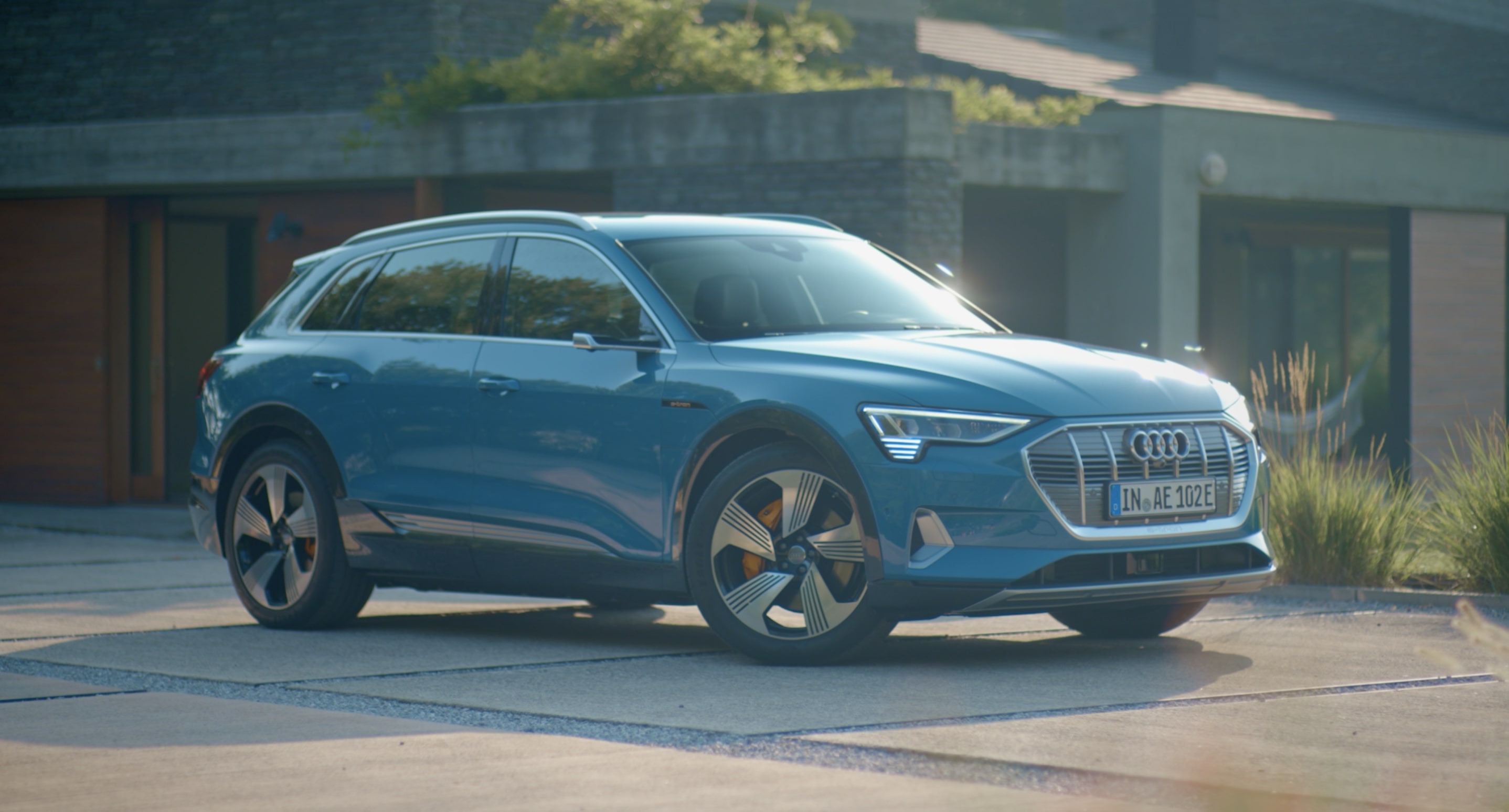
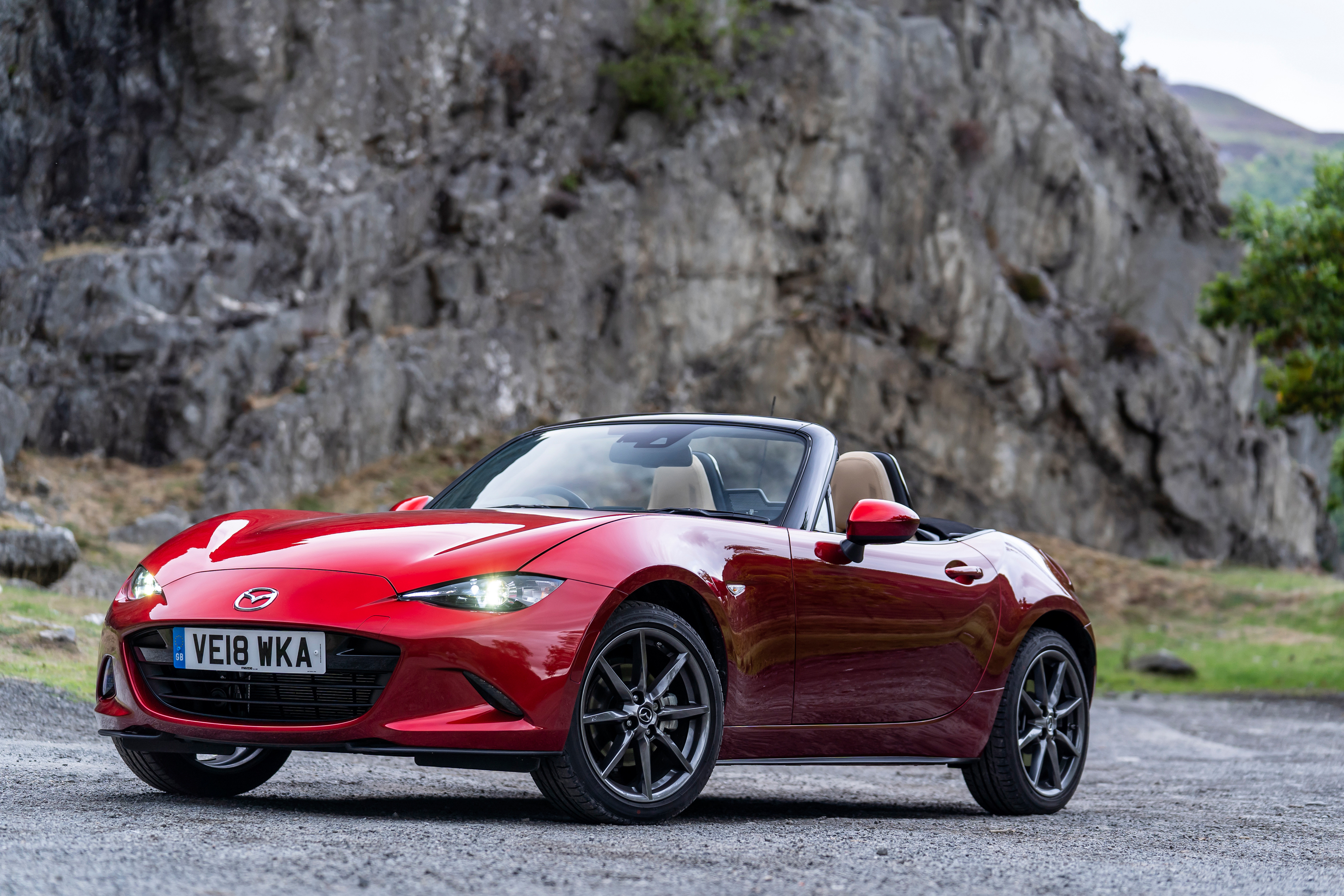
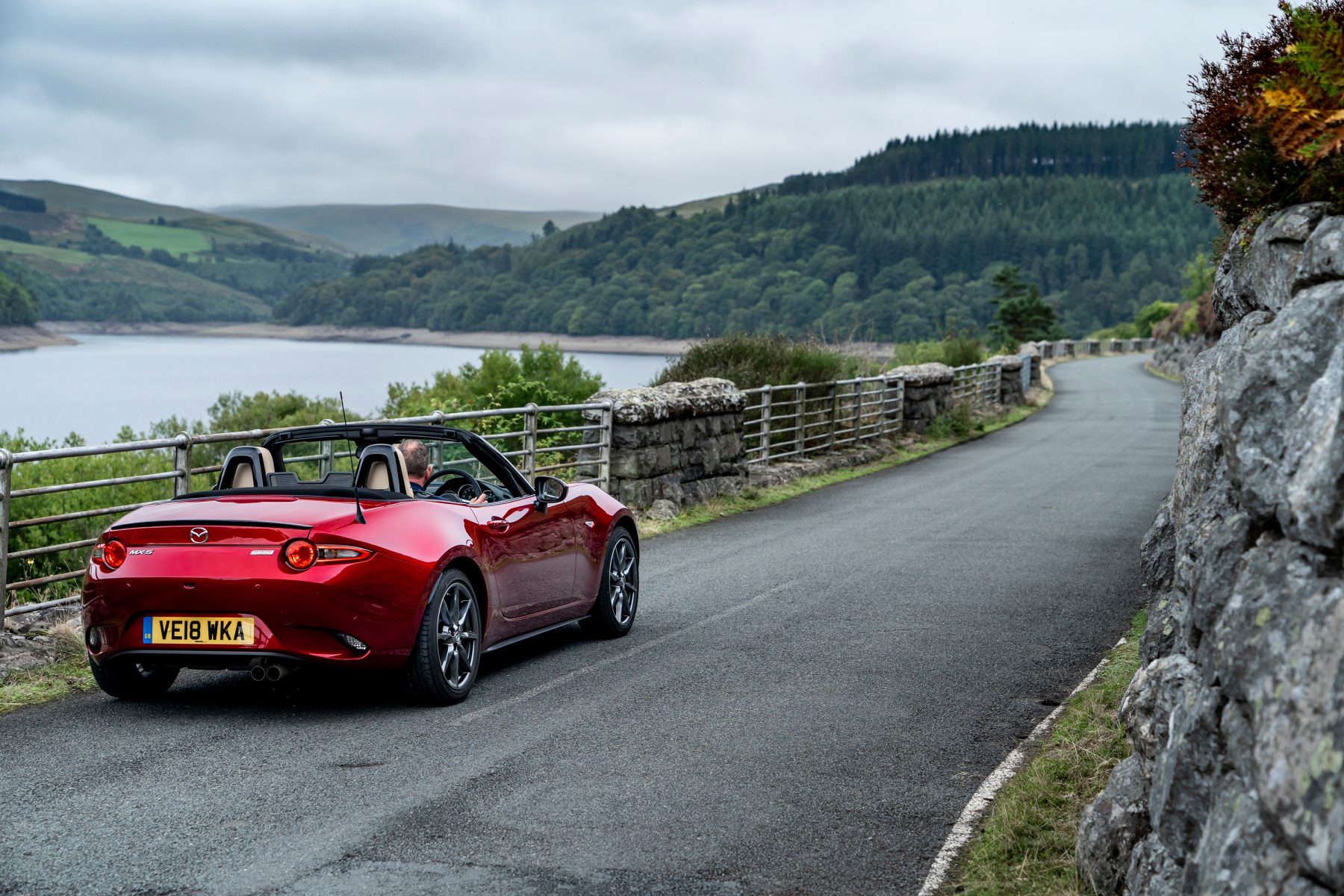
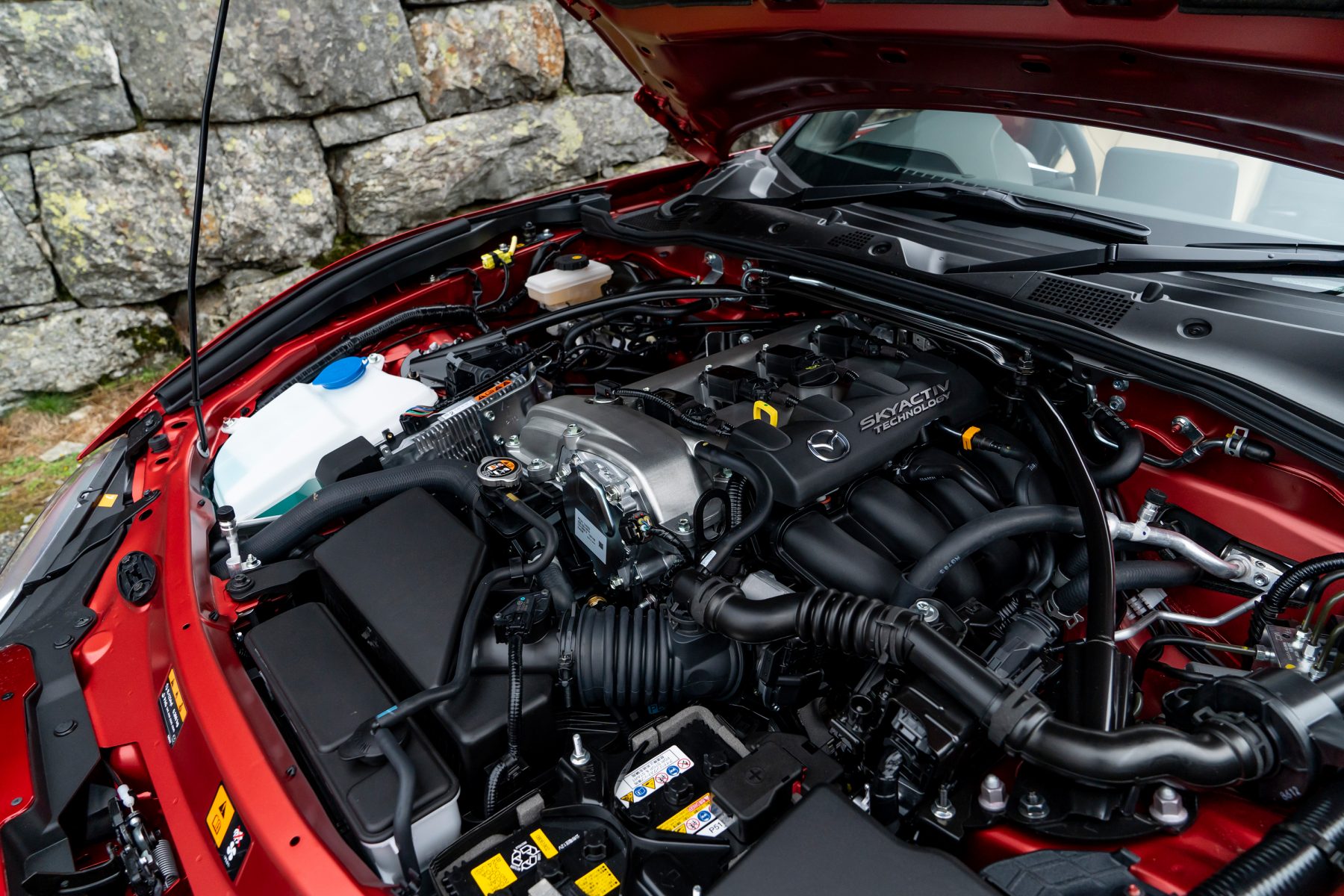
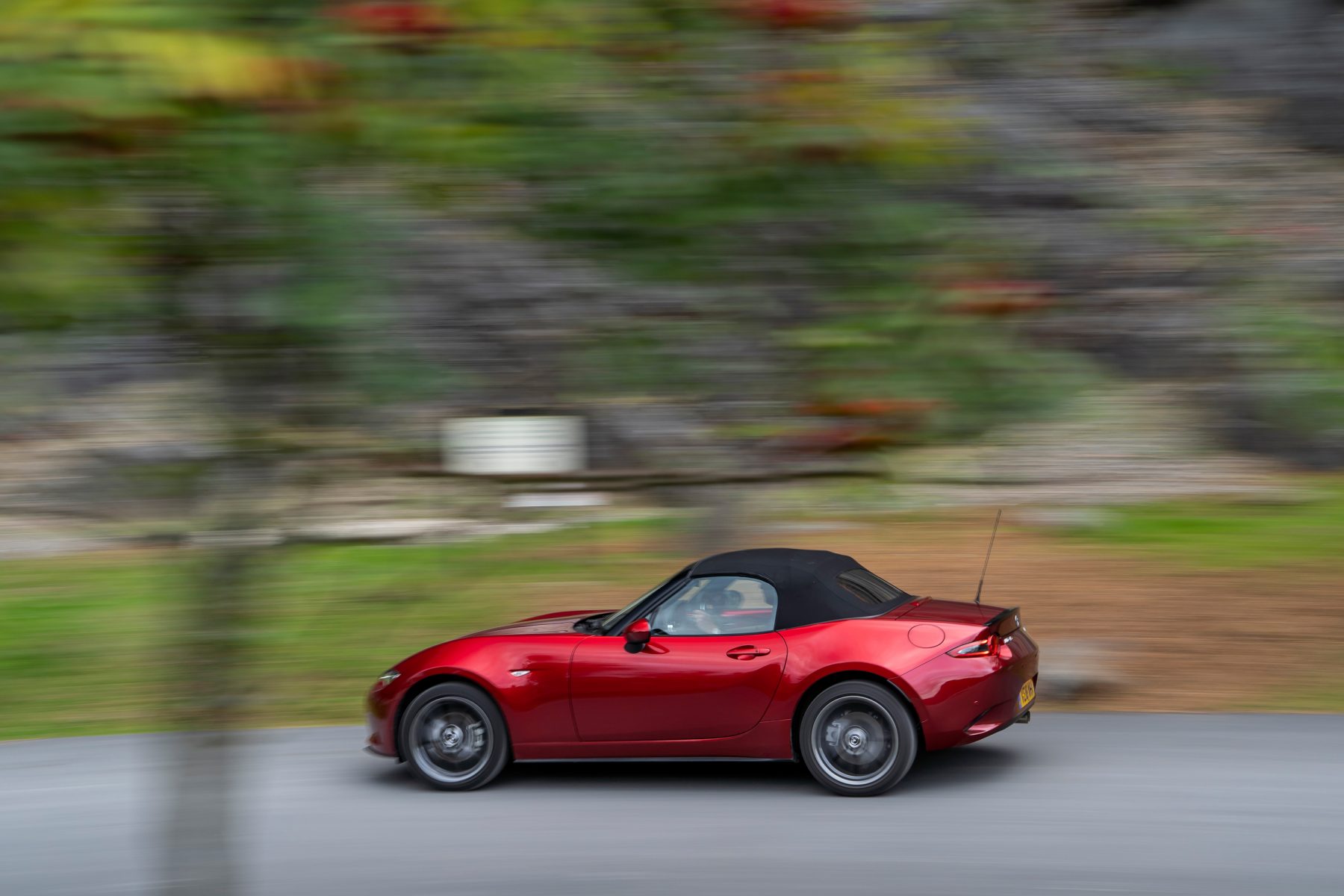
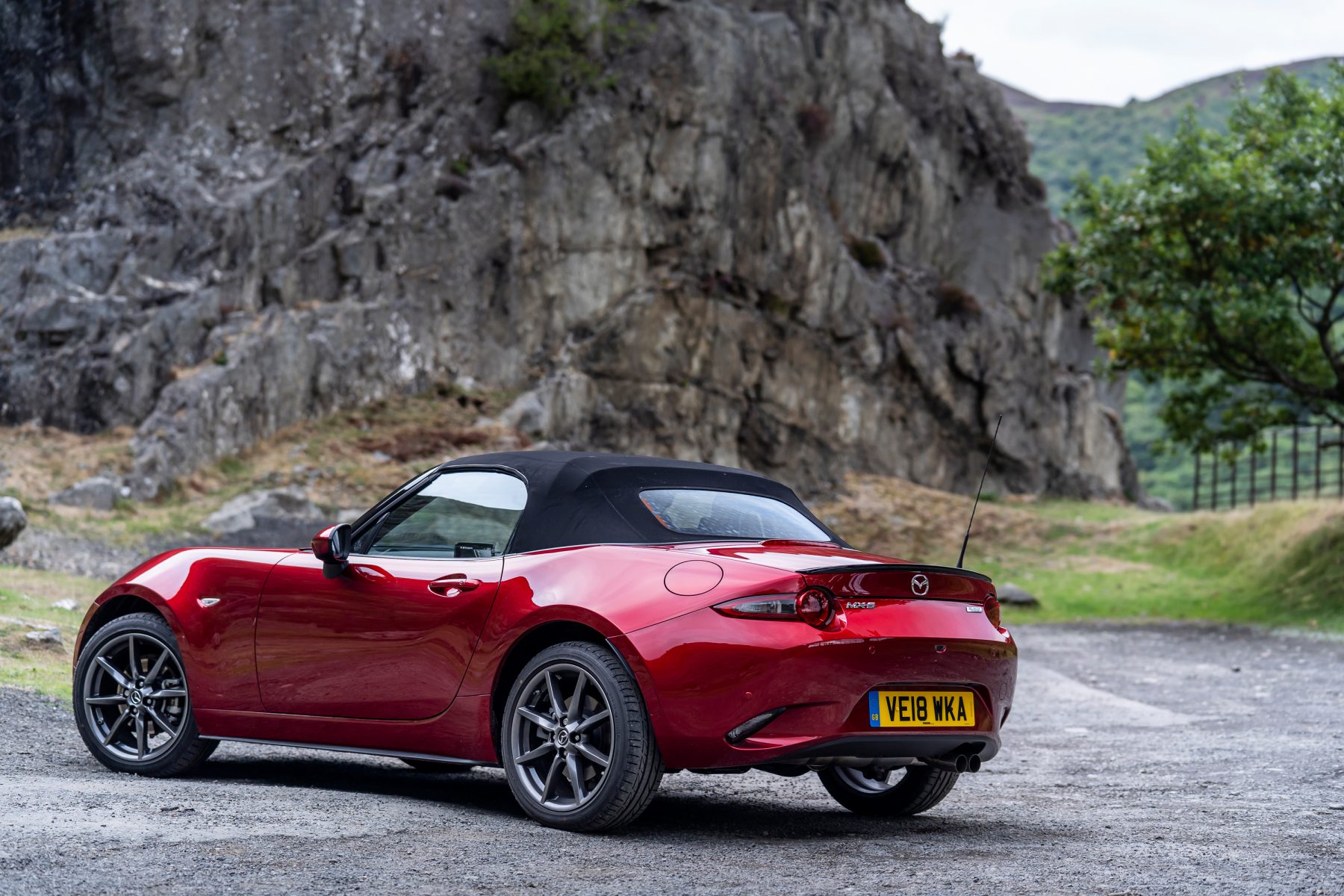
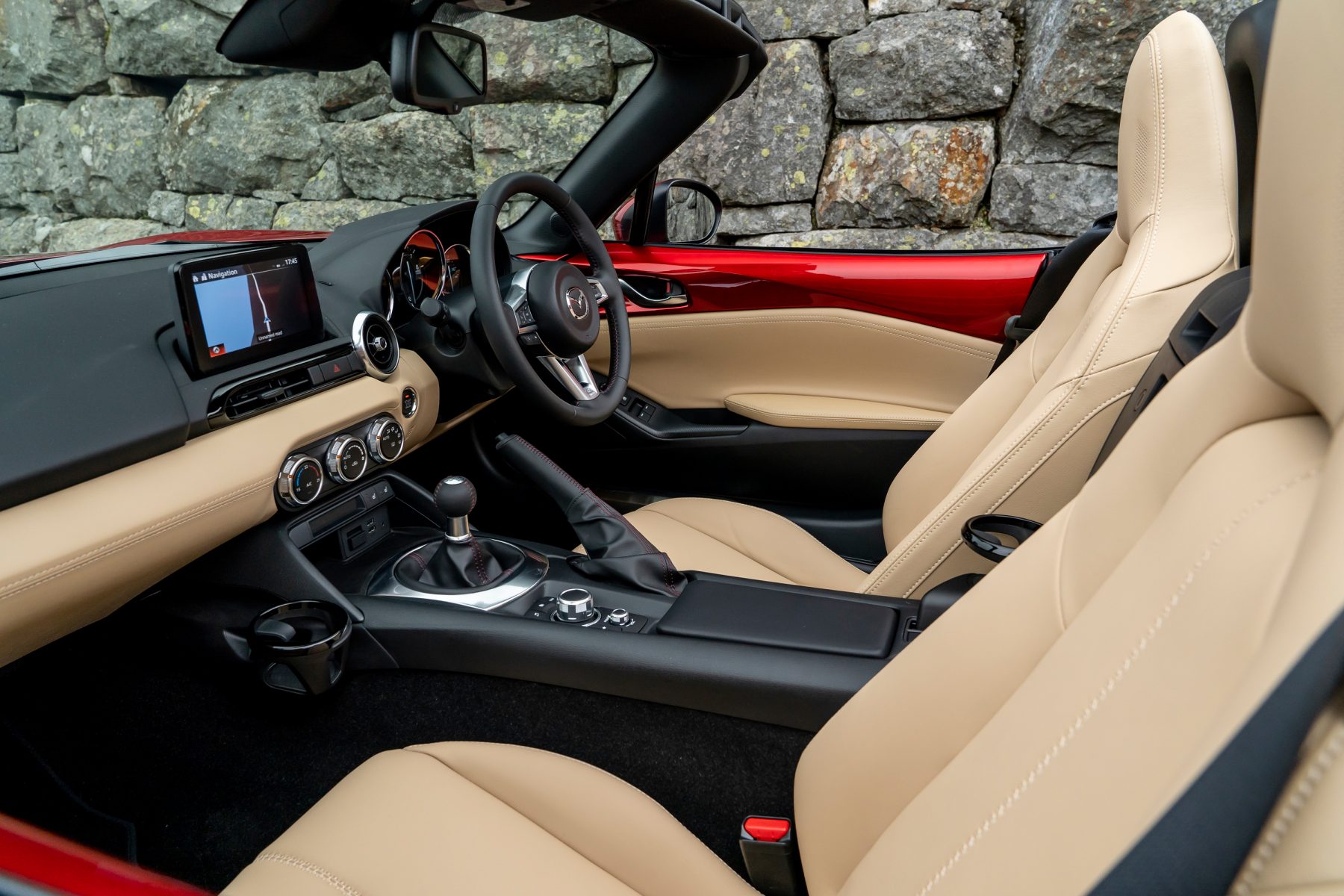
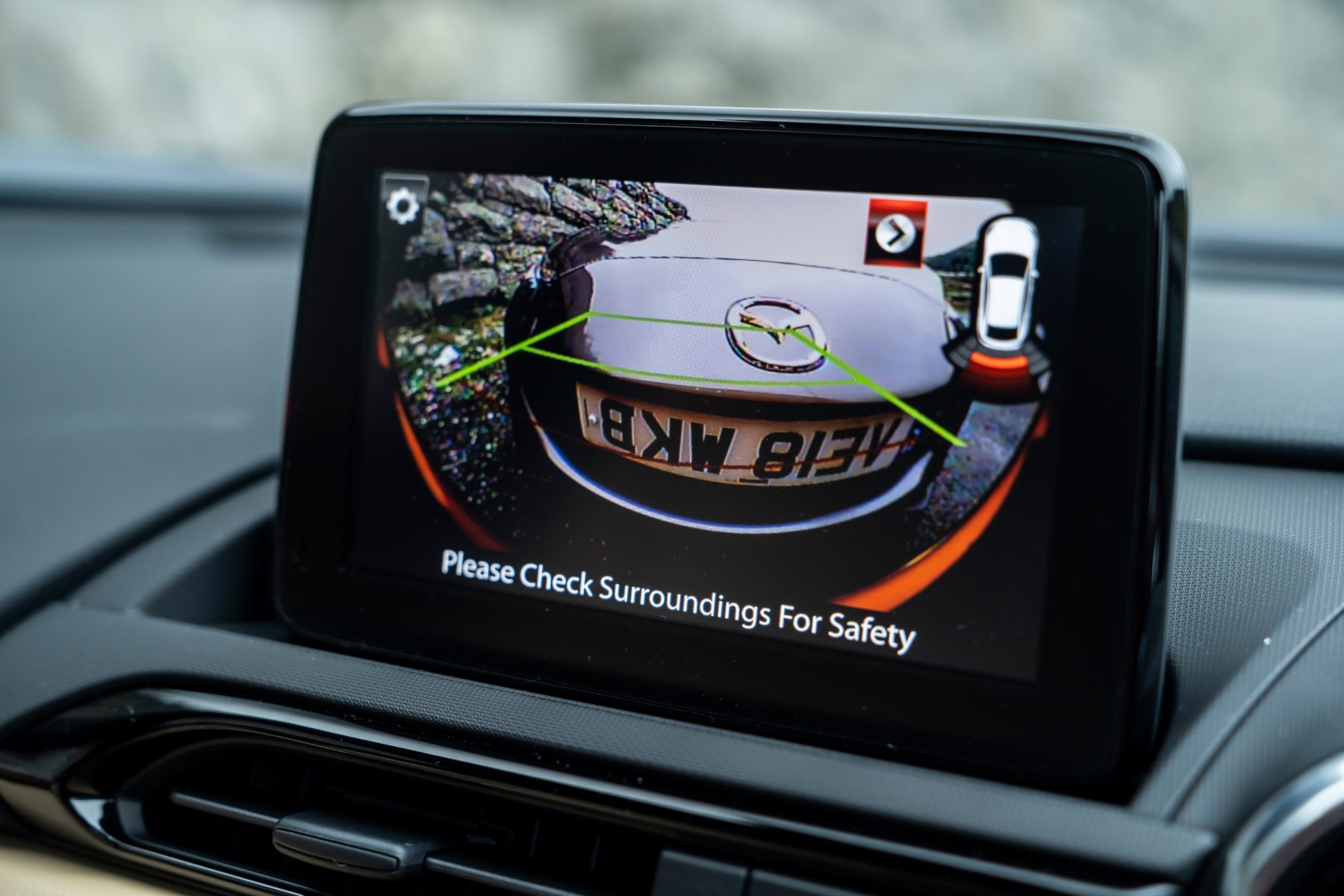
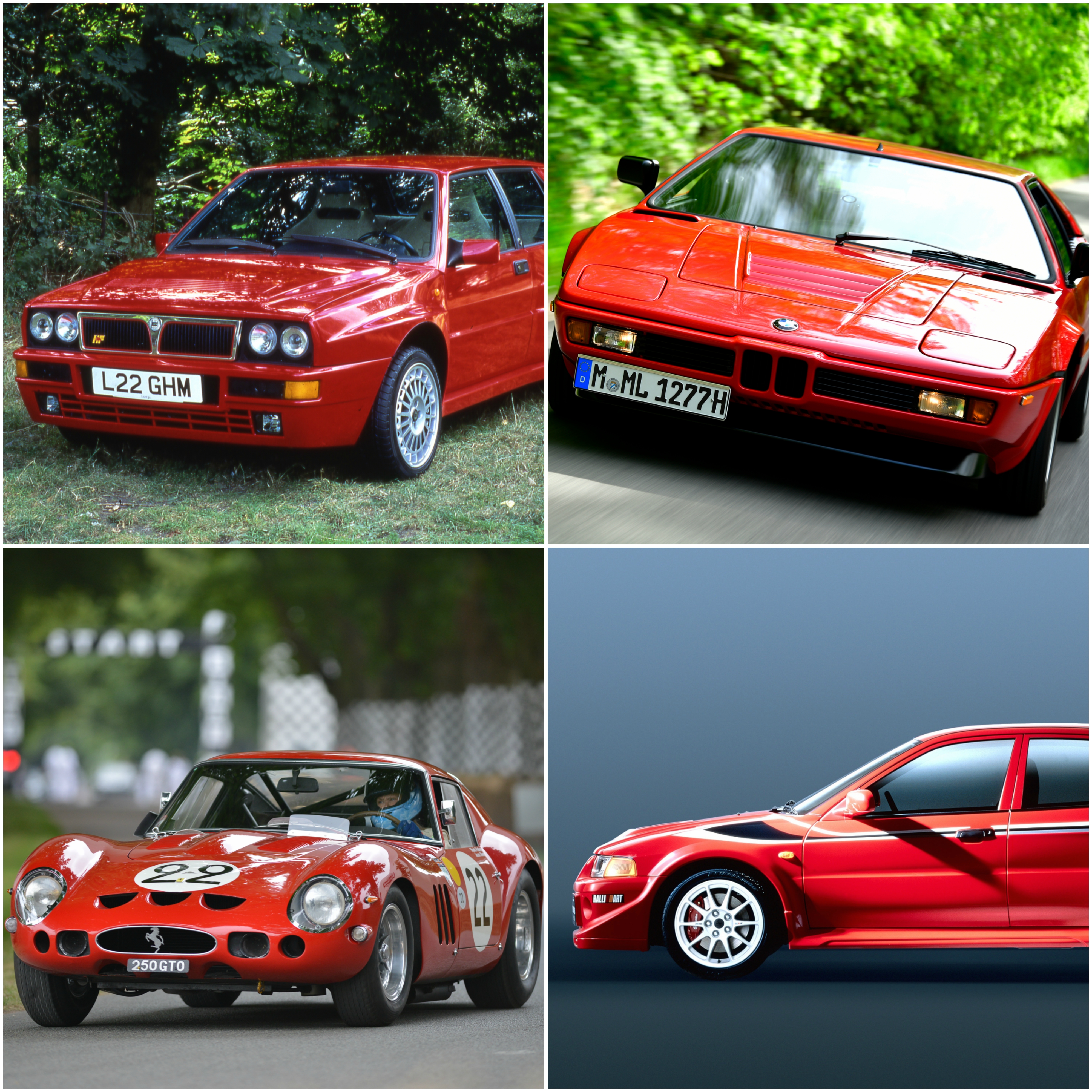
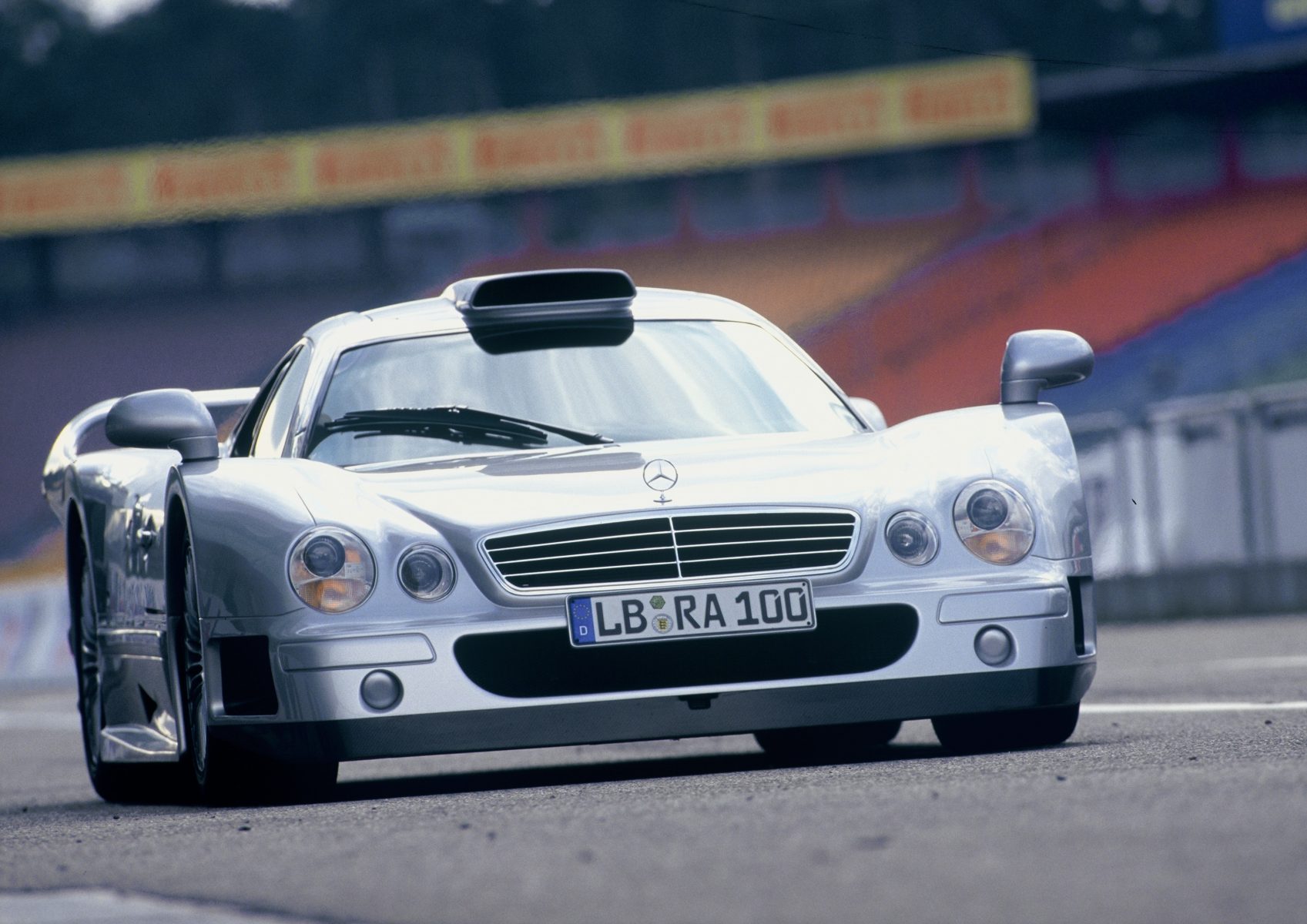
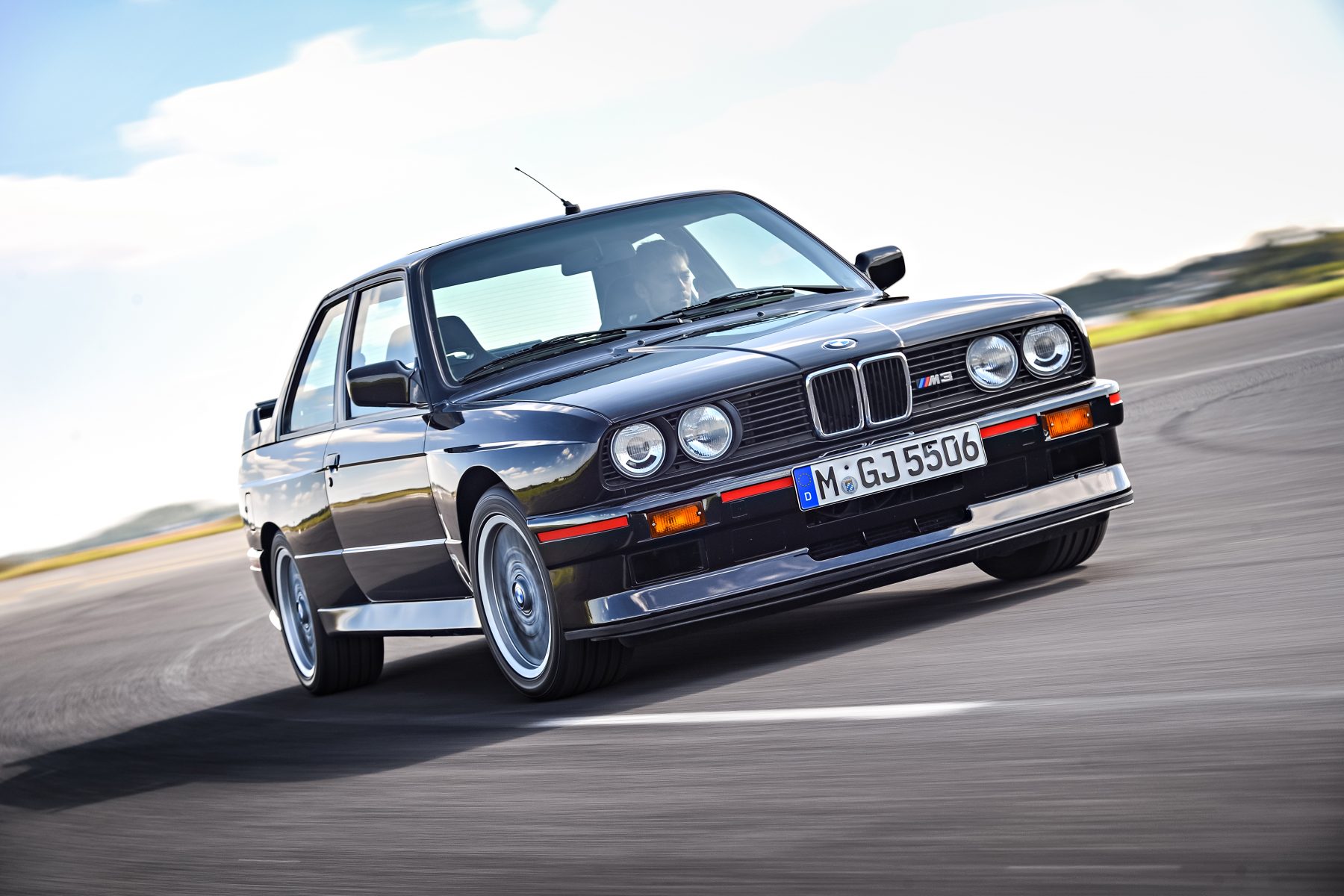 When it comes to homologation specials, there are very few badges that have made as much of an impact as the M3.
When it comes to homologation specials, there are very few badges that have made as much of an impact as the M3. With Mitsubishi’s Galant starting to lose out to others in the World Rally Championship, the Japanese marque debuted the first Lancer Evolution, which heralded a golden era of the sport with Subaru, Ford and Toyota serving as the primary challengers.
With Mitsubishi’s Galant starting to lose out to others in the World Rally Championship, the Japanese marque debuted the first Lancer Evolution, which heralded a golden era of the sport with Subaru, Ford and Toyota serving as the primary challengers.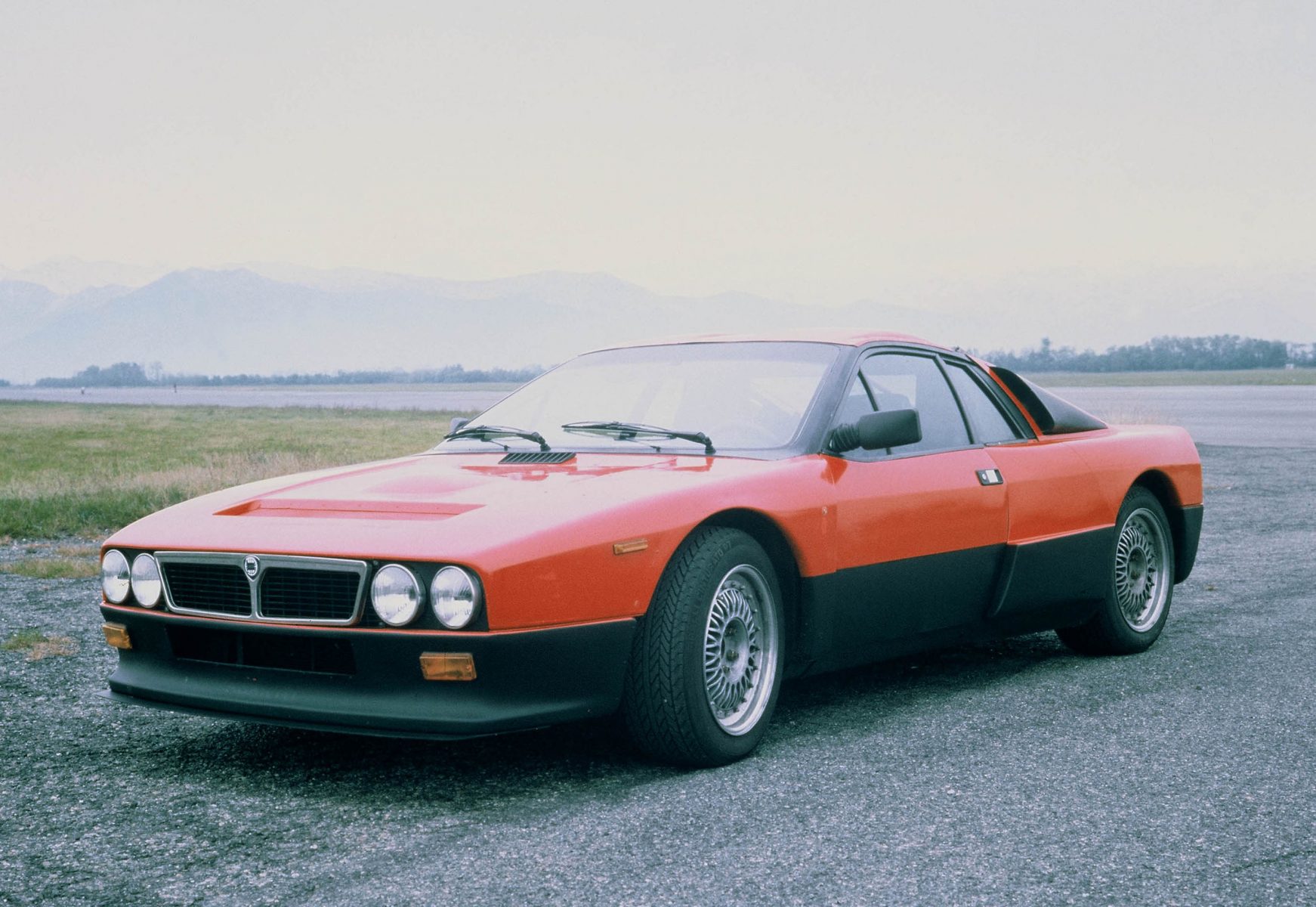 The Lancia 037 is the ‘80s follow-up to the Stratos. If the Stratos is considered extreme, then the Group B-homologated 037 is almost lethal.
The Lancia 037 is the ‘80s follow-up to the Stratos. If the Stratos is considered extreme, then the Group B-homologated 037 is almost lethal. When a car can sell for $70m, you know it’s special.
When a car can sell for $70m, you know it’s special.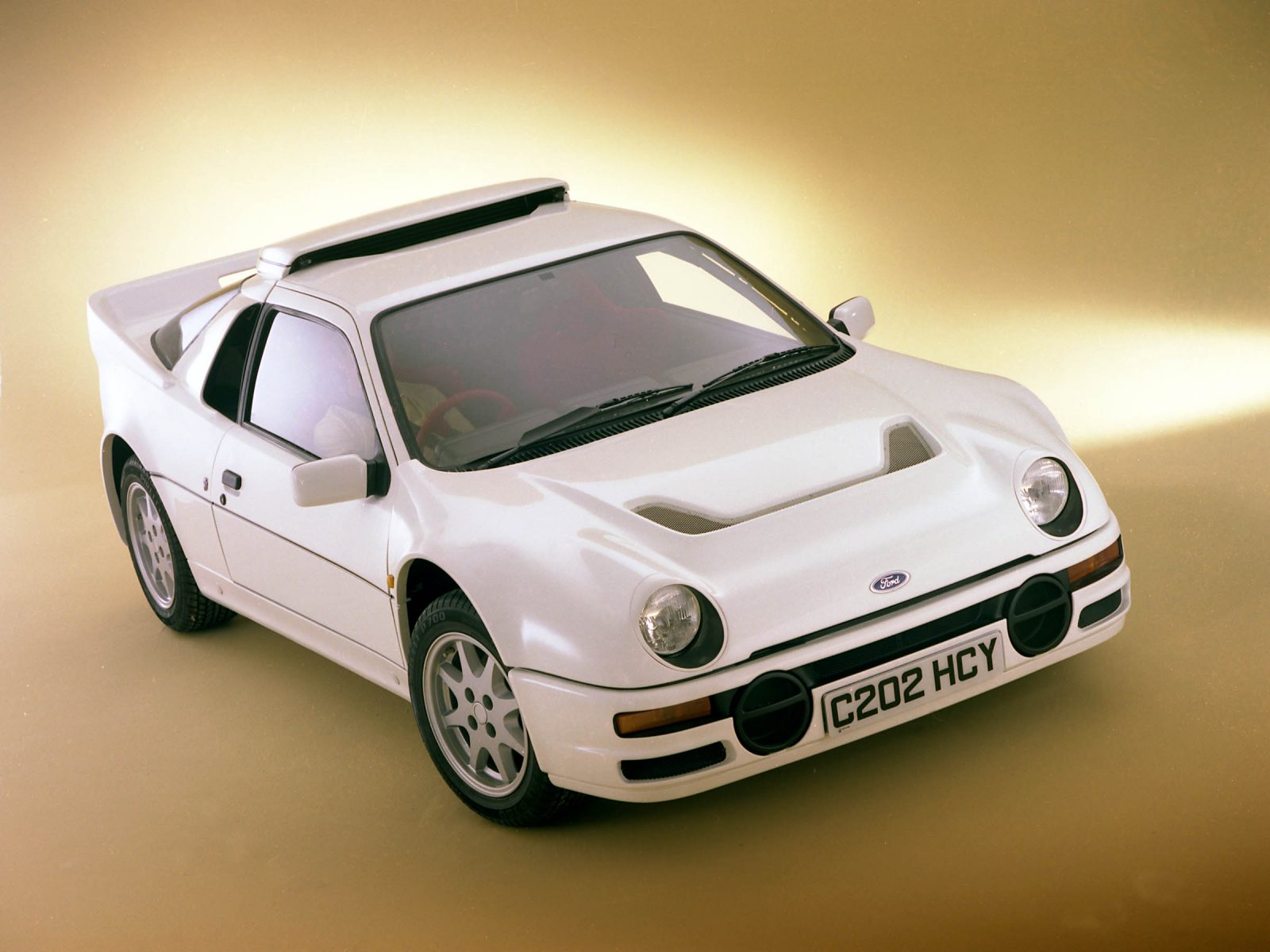 Another mid-engined Group B special, the RS200 is one of the most spectacular cars of the mid-80s halcyon era of rallying.
Another mid-engined Group B special, the RS200 is one of the most spectacular cars of the mid-80s halcyon era of rallying.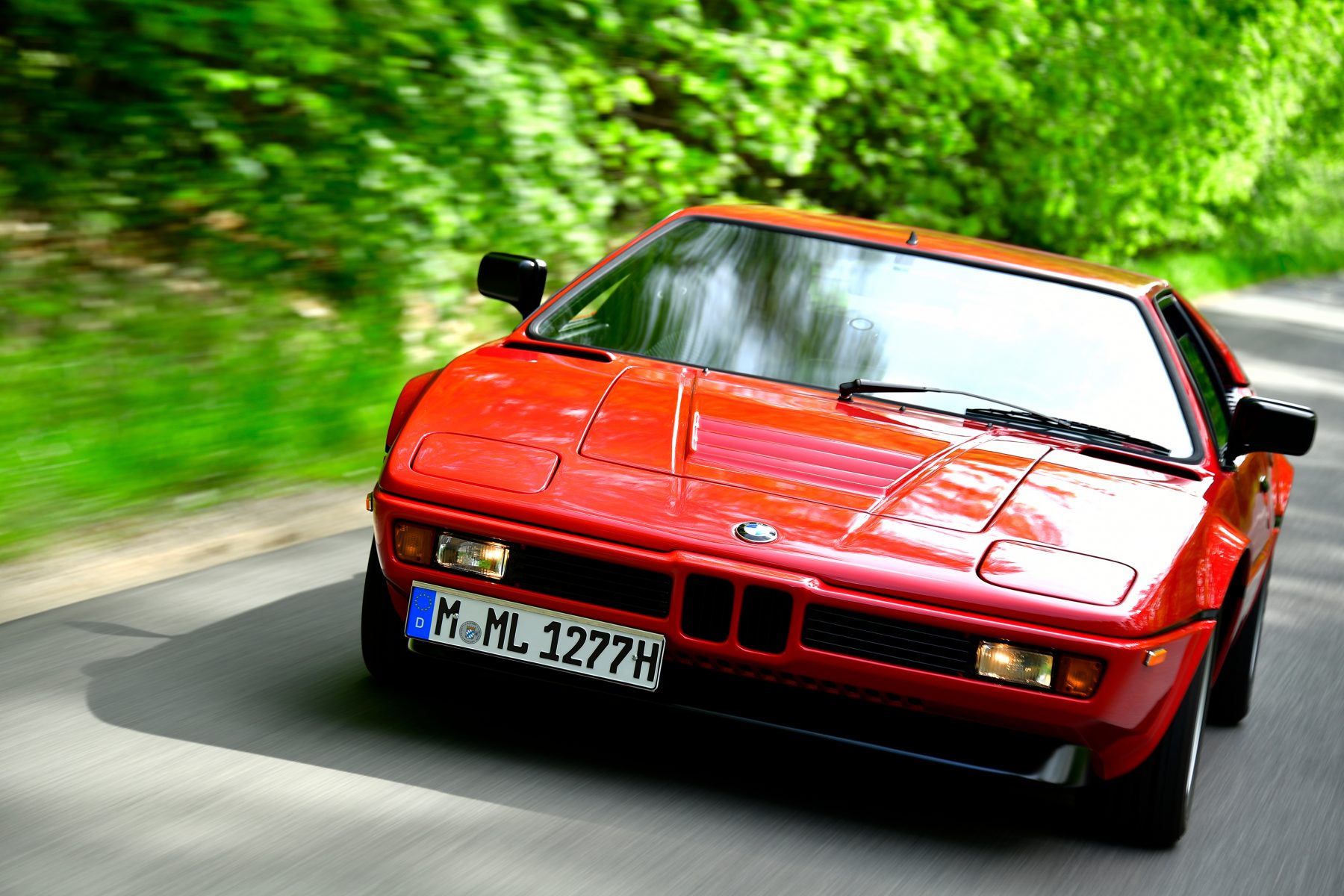 The genesis of the M badge – does anything else really need to be said?
The genesis of the M badge – does anything else really need to be said? In 1996, the GT racing scene was coming into its own, with cars of all shapes and sizes hitting the track, and the McLaren F1 heading the way. However, when Porsche arrived with the 911 GT1, everything changed.
In 1996, the GT racing scene was coming into its own, with cars of all shapes and sizes hitting the track, and the McLaren F1 heading the way. However, when Porsche arrived with the 911 GT1, everything changed.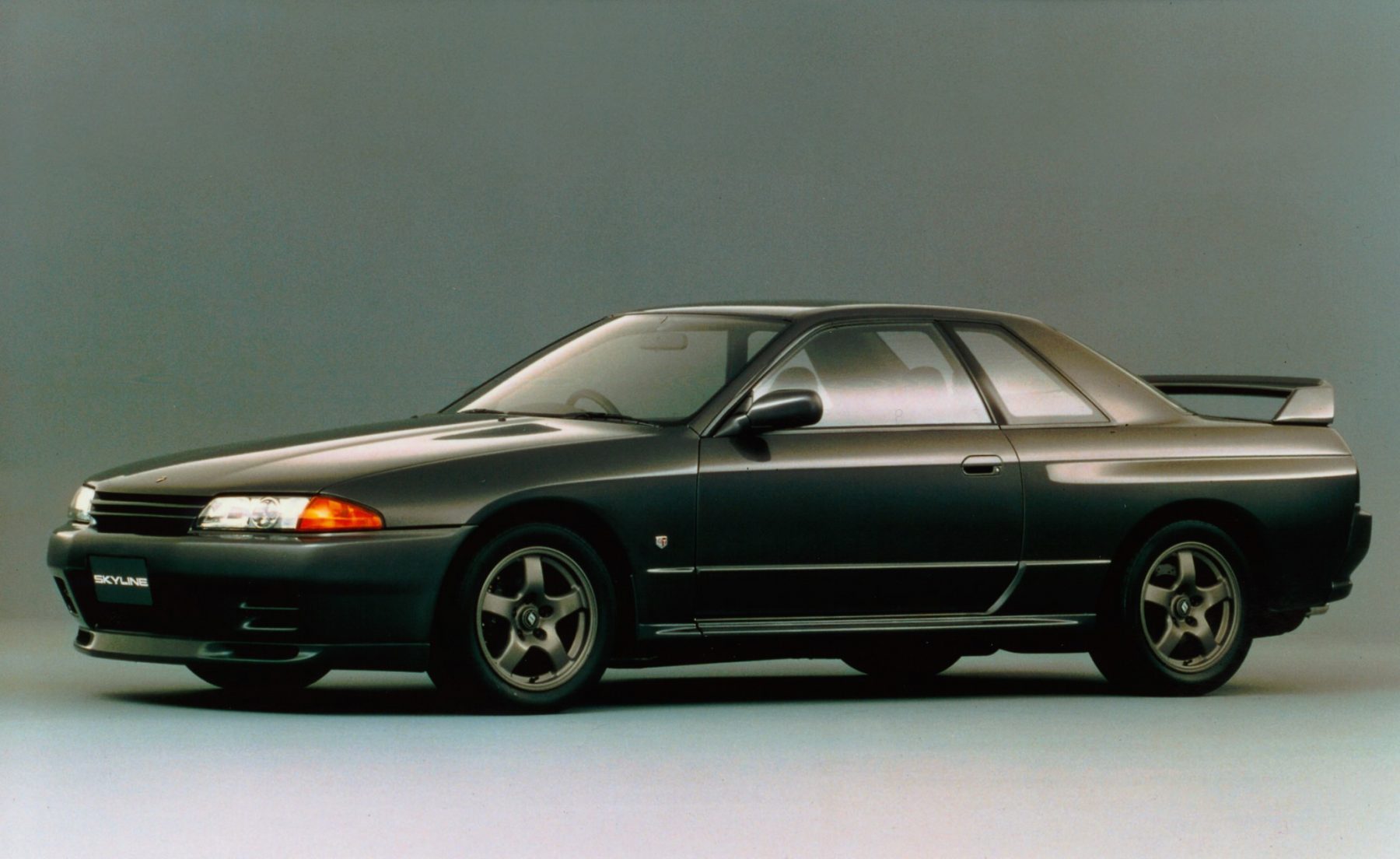 Nissan phased out the GT-R badge in 1973 after the demand for ‘hot’ Skylines slowed due to an oil crisis. It came back 16 years later in spectacular fashion with the R32. The all-wheel drive super saloon was built for Group A racing, but like so many great homologation cars, took on a life of its own.
Nissan phased out the GT-R badge in 1973 after the demand for ‘hot’ Skylines slowed due to an oil crisis. It came back 16 years later in spectacular fashion with the R32. The all-wheel drive super saloon was built for Group A racing, but like so many great homologation cars, took on a life of its own.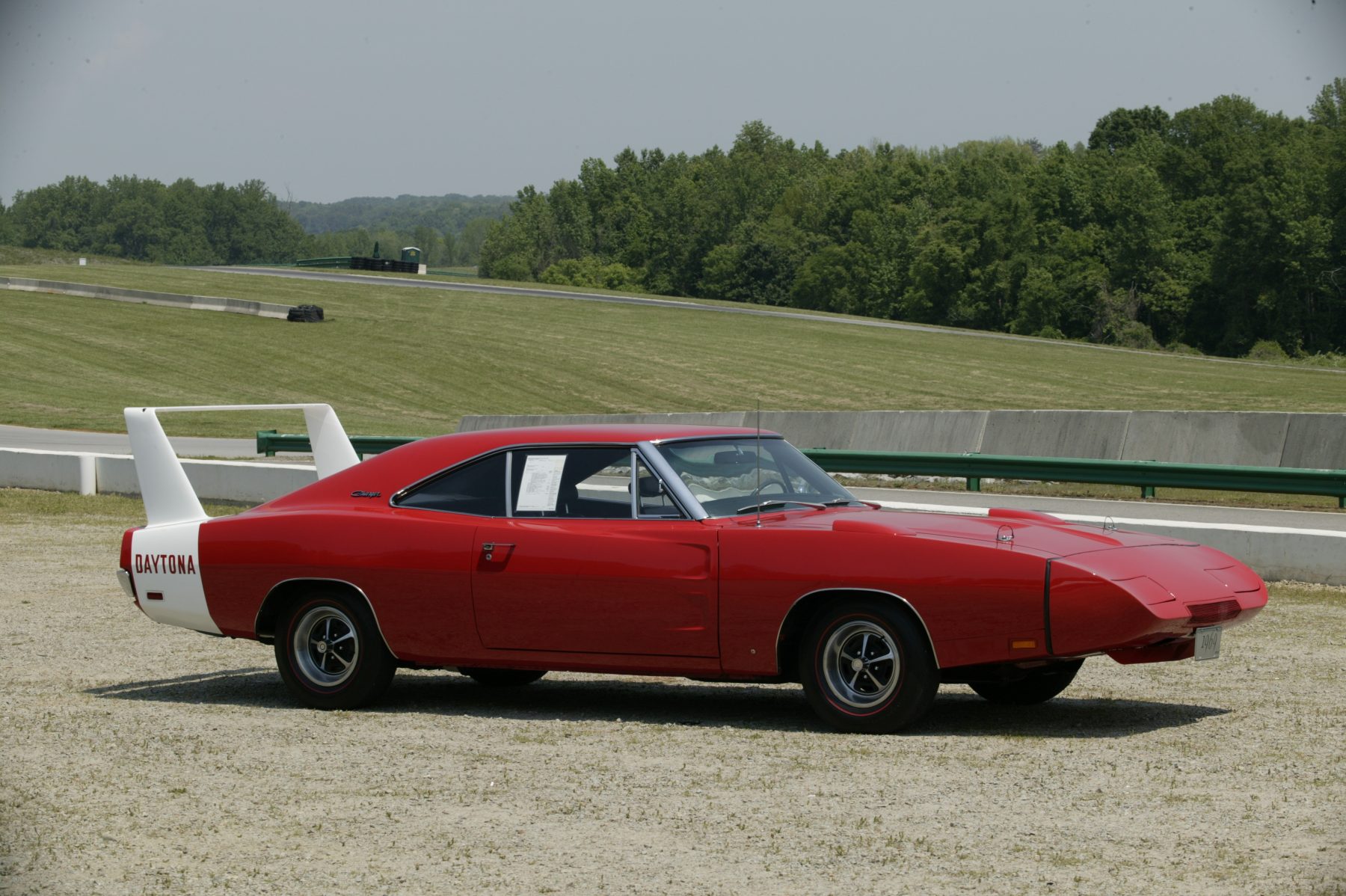 As far as muscle cars go, it doesn’t get much more outlandish than this.
As far as muscle cars go, it doesn’t get much more outlandish than this.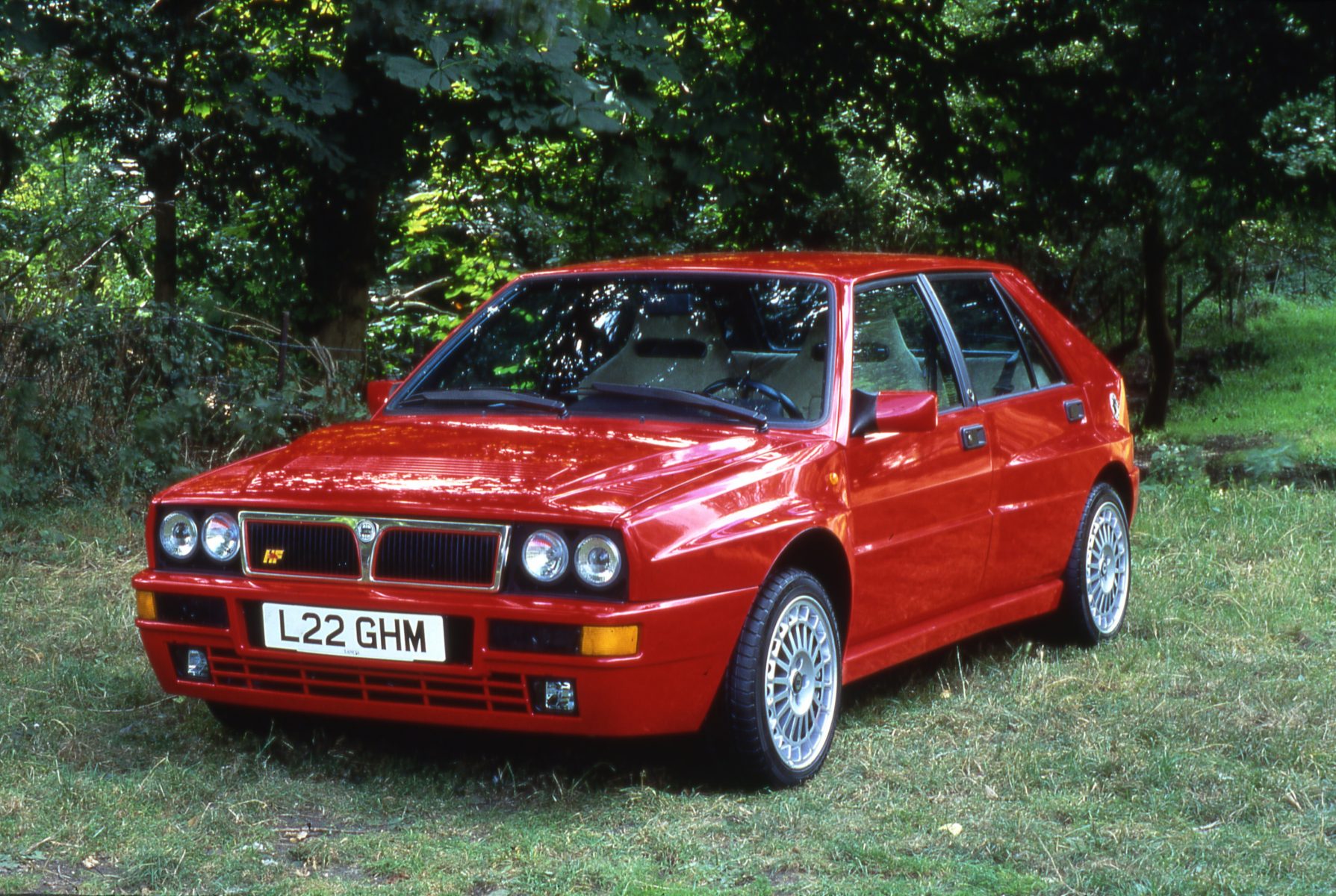 After Group B ended in 1986, there was something of a scramble to find its replacement.
After Group B ended in 1986, there was something of a scramble to find its replacement.
